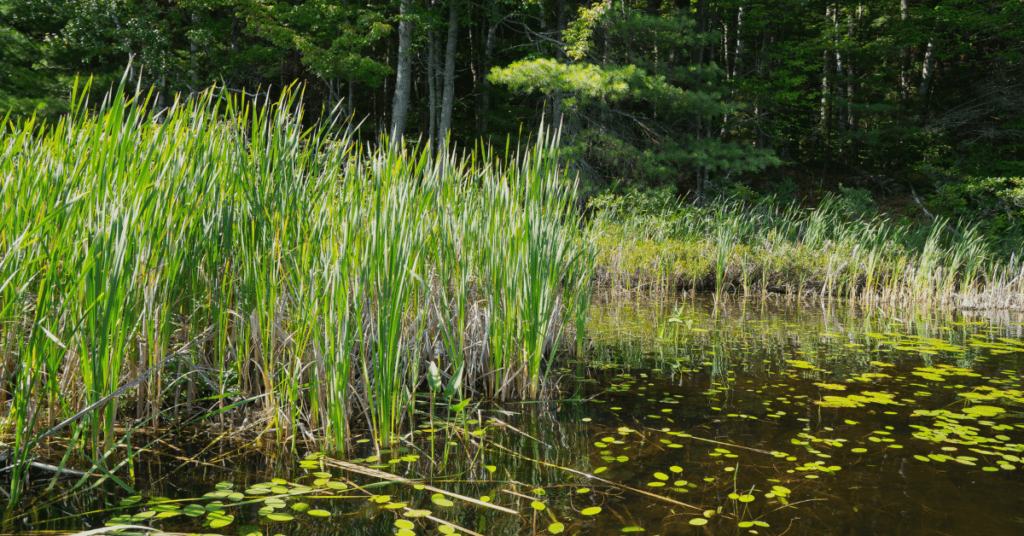Today, the Ontario and federal governments signed a new Canada-Ontario Agreement Respecting the Great Lakes Basin System. This agreement is an important mechanism for ensuring the coordinated and cooperative efforts of the provincial and federal governments in addressing conservation issues in the Great Lakes Basin. Itis really good news for the Great Lakes because we need to be moving full steam ahead on restoring and protecting water quality.
Collaboration is key to Great Lakes management because the Lakes do not lie in just one jurisdiction. Canada and the United States need to work together because the two countries share the lakes. Their work is guided by the Great Lakes Water Quality Agreement (which was first signed in 1972 and most recently updated in 2012). To meet the commitments we made under the binational agreement, Canada and Ontario need to work together because both have responsibilities that affect water quality. For instance, the federal government is responsible for the health of fisheries and the province manages wastewater treatment plants. Their collaboration is guided by the Canada-Ontario Agreement.
Both agreements work together and assign responsibilities to the parties and set out who will do what when it comes to addressing serious threats to the Great Lakes, including toxic chemicals, invasive aquatic species like Asian carp, and other forms of pollution. For instance to reduce algal blooms, the Canada-Ontario Agreement dictates that Canada (with Ontario’s support) will develop phosphorus targets for Lake Erie by 2016, and then both jurisdictions will work together to develop a Canadian Phosphorus Management Strategy for Lake Erie by 2018.
With this new agreement, the hope is that this collaborative approach will work again like it has in the past.
Back in the 1960s and 70s, Lake Erie was suffocating from an onslaught of algal blooms. Its overall water quality and ecosystem health was so poor, it was actually declared “dead.” This, and issues in the other lakes, spurred the jurisdictions to negotiate the first Canada-Ontario Agreement (signed in 1971) and the Great Lakes Water Quality Agreement (1972). Action was taken on both sides of the border to reduce phosphorus from wastewater treatment plants, which was identified as the biggest problem. The health of Lake Erie rebounded…for a while.
We are once again seeing algal blooms in Lake Erie, and they are bigger, last longer, and happen more often than before. Just as collaboration was the key in the 1970s, it is the key once again. Today’s signing of the Canada-Ontario Agreements is a necessary step towards that. Now that we have a means of collaboration in place, we can move forward with greater purpose and certainty.
For more information, see Ontario’s media release.








